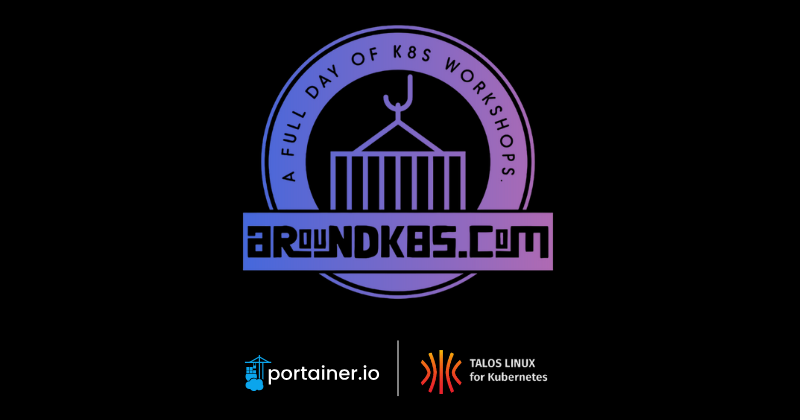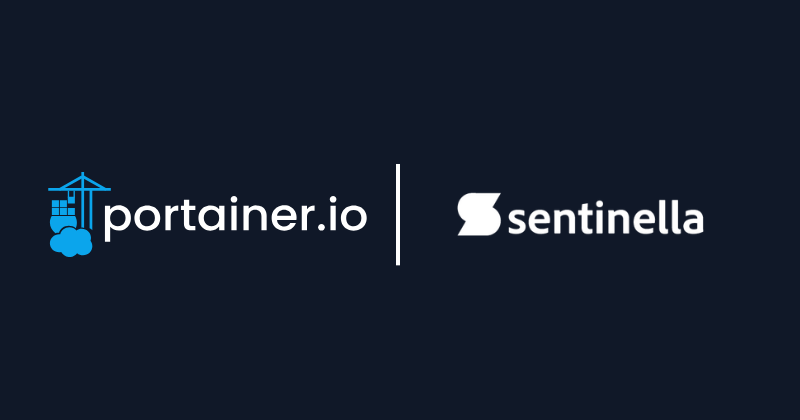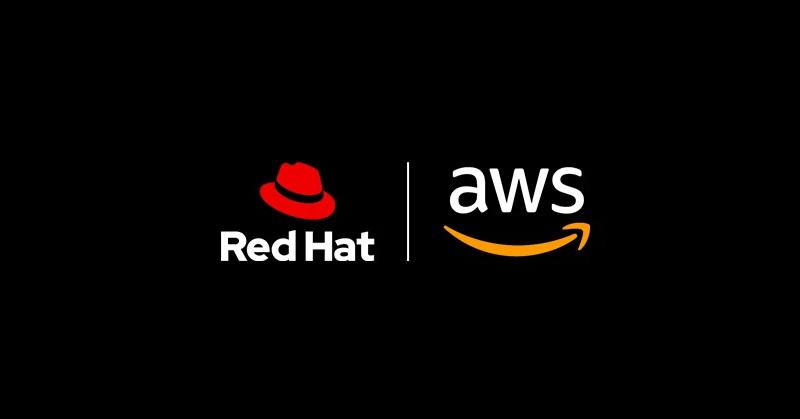Con Proxmox Virtual Environment (VE), nuestros clientes pueden gestionar entornos virtualizados de forma centralizada, con soporte para alta disponibilidad, migraciones en vivo, copias de seguridad integradas y una interfaz web intuitiva. Además, al ser una solución open-source, Proxmox evita el bloqueo por parte de proveedores y permite una mayor libertad tecnológica.
La realidad de hoy en día es que para las empresas, la adopción de soluciones de contenedores y Kubernetes se ha convertido en un factor clave para impulsar la innovación y la eficiencia operativa. En este contexto, Red Hat OpenShift Service on AWS (ROSA) emerge como una solución poderosa que combina lo mejor de dos mundos: la robustez y flexibilidad de OpenShift con la escala y los servicios avanzados de Amazon Web Services (AWS).
Kasten se destaca como una solución de protección de datos y recuperación ante desastres específicamente diseñada para entornos de contenedores y Kubernetes.
La realidad de hoy en día es que para las empresas, la adopción de soluciones de contenedores y Kubernetes se ha convertido en un factor clave para impulsar la innovación y la eficiencia operativa. En este contexto, Red Hat OpenShift Service on AWS (ROSA) emerge como una solución poderosa que combina lo mejor de dos mundos: la robustez y flexibilidad de OpenShift con la escala y los servicios avanzados de Amazon Web Services (AWS).
Kasten se destaca como una solución de protección de datos y recuperación ante desastres específicamente diseñada para entornos de contenedores y Kubernetes.
La realidad de hoy en día es que para las empresas, la adopción de soluciones de contenedores y Kubernetes se ha convertido en un factor clave para impulsar la innovación y la eficiencia operativa. En este contexto, Red Hat OpenShift Service on AWS (ROSA) emerge como una solución poderosa que combina lo mejor de dos mundos: la robustez y flexibilidad de OpenShift con la escala y los servicios avanzados de Amazon Web Services (AWS).
Kasten se destaca como una solución de protección de datos y recuperación ante desastres específicamente diseñada para entornos de contenedores y Kubernetes.
Para terminar nuestra serie de protección de datos, migraremos una aplicación en Kubernetes entre distintos clusters usando Kasten. Migraremos la aplicación del cluster local de minikube hacia un cluster en Amazon Web Services usando el servicio de EKS. Será necesario crear una cuenta y generar un par de llaves de acceso.
En esta publicación, vamos a guiarte para desplegar una aplicación en kubernetes, esta escrita en PHP y que usa MySQL para persistir datos. Posteriormente realizaremos su respaldo con Kasten K10 y veremos como restaurar este respaldo. Recuerda que estamos usando un ambiente de kubernetes de prueba con minikube, este lo instalamos en el artículo anterior. De cualquier forma puedes usar cualquier cluster de kubernetes.
En esta publicación, vamos a guiarte paso a paso en la instalación y configuración de Kasten K10 en un clúster de Kubernetes que ejecutaremos en Minikube. Si aún no has leído la primera parte, donde hablamos sobre los conceptos básicos y la importancia de Kasten K10 para la protección de datos, te recomendamos hacerlo primero para tener una base sólida antes de seguir adelante.
En un mundo donde la disponibilidad continua de los datos es crucial, realizar respaldos eficientes es esencial para garantizar la continuidad del negocio. Los respaldos permiten que, ante eventos inesperados como fallos del sistema o ataques cibernéticos, la información crítica y las aplicaciones puedan ser restauradas rápidamente, minimizando el impacto en las operaciones.
Kasten se destaca como una solución de protección de datos y recuperación ante desastres específicamente diseñada para entornos de contenedores y Kubernetes.
Hoy se celebran 10 años desde el primer commit de Kubernetes en GitHub el 6 de junio de 2014. Con 250 archivos y 47,501 líneas de código en Go, Bash y Markdown, se inició un proyecto que ha crecido enormemente. Diez años después, Kubernetes es uno de los proyectos de código abierto más grandes, con más de 88,000 colaboradores de más de 8,000 empresas en 44 países.
En este artículo, explicaremos en detalle el almacenamiento efímero en Kubernetes y responderemos preguntas como: ¿Quien lo usa y para que? ¿Que pasa si se termina el espacio disponible? ¿Como puedo optimizar su uso?. La gestión del almacenamiento es fundamental para garantizar la disponibilidad una faceta crucial es comprender y aprovechar al máximo el almacenamiento efímero local disponible.
- 1
- 2










